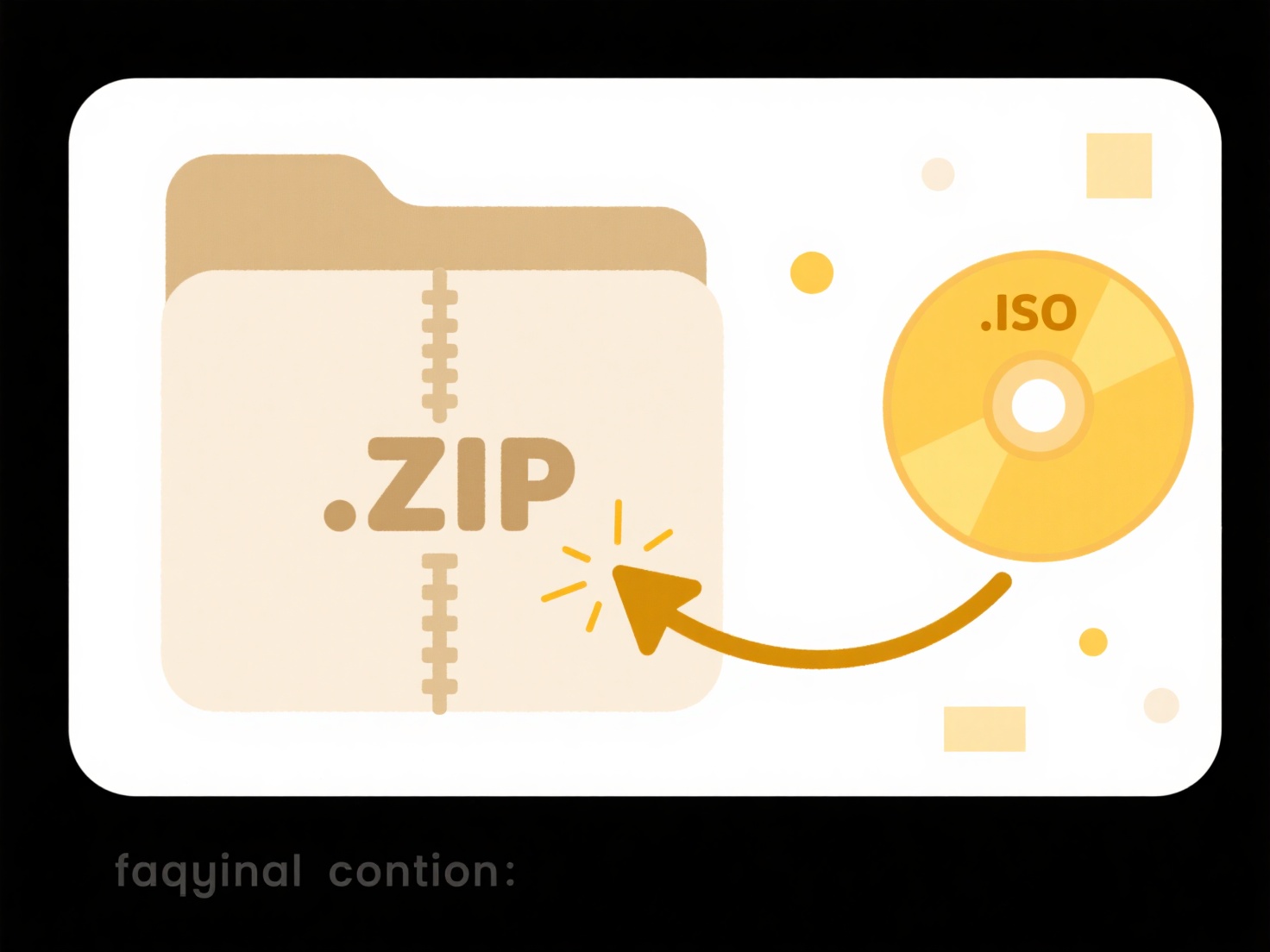
File name collisions occur when multiple users create or save files with identical names in the same shared folder or directory, potentially leading to data loss or overwritten work as files replace each other. Prevention focuses on establishing clear naming rules for users or leveraging system tools to automatically make filenames unique. This differs from simply managing versions of a single file, as it stops conflicts arising from entirely separate files sharing the same name.

Common prevention methods include implementing structured naming conventions requiring elements like author initials, project codes, or dates (e.g., PRJ123_DesignSpec_JDoe_20231027.docx) and utilizing features built into shared platforms. Cloud storage services like Google Drive, OneDrive, or SharePoint automatically append numbers (e.g., Report(1).docx) to duplicates. Team collaboration tools (e.g., Figma, Notion) often assign unique identifiers or timestamps behind the scenes.
Automated renaming significantly reduces user error but can sometimes create filenames that feel cluttered or are harder to interpret manually. While effective, naming conventions rely on user discipline, which requires training and enforcement. These strategies are crucial for maintaining data integrity and team efficiency in digital workspaces; failures can disrupt workflows and cause loss of critical information. Future developments may integrate more seamless AI-assisted naming.
How can I prevent file name collisions in a shared workspace?
File name collisions occur when multiple users create or save files with identical names in the same shared folder or directory, potentially leading to data loss or overwritten work as files replace each other. Prevention focuses on establishing clear naming rules for users or leveraging system tools to automatically make filenames unique. This differs from simply managing versions of a single file, as it stops conflicts arising from entirely separate files sharing the same name.

Common prevention methods include implementing structured naming conventions requiring elements like author initials, project codes, or dates (e.g., PRJ123_DesignSpec_JDoe_20231027.docx) and utilizing features built into shared platforms. Cloud storage services like Google Drive, OneDrive, or SharePoint automatically append numbers (e.g., Report(1).docx) to duplicates. Team collaboration tools (e.g., Figma, Notion) often assign unique identifiers or timestamps behind the scenes.
Automated renaming significantly reduces user error but can sometimes create filenames that feel cluttered or are harder to interpret manually. While effective, naming conventions rely on user discipline, which requires training and enforcement. These strategies are crucial for maintaining data integrity and team efficiency in digital workspaces; failures can disrupt workflows and cause loss of critical information. Future developments may integrate more seamless AI-assisted naming.
Related Recommendations
Quick Article Links
Can I force a camera to use a specific image format?
Camera image formats define how pictures are stored as files, such as JPEG, RAW, PNG, or TIFF. You often cannot force th...
Does Wisfile require an internet connection to function?
Does Wisfile require an internet connection to function? No, Wisfile functions entirely offline and does not require a...
What format is best for large datasets?
For large datasets, optimized file formats like Parquet, ORC, and Avro are generally superior to row-based formats (CSV,...